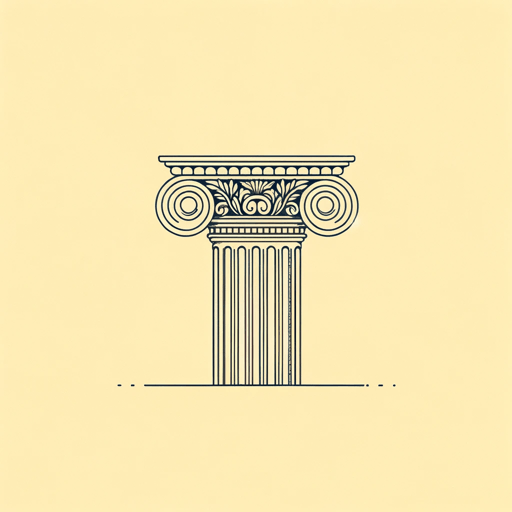42 pages • 1 hour read
John RuskinThe Stones of Venice
Nonfiction | Book | AdultA modern alternative to SparkNotes and CliffsNotes, SuperSummary offers high-quality Study Guides with detailed chapter summaries and analysis of major themes, characters, and more.
Key Figures
John Ruskin
John Ruskin was an English critic of art, architecture, and society during the Victorian era. Born in 1819 as the son of a successful wine merchant, he was educated at home and then attended Oxford University. The family’s wealth allowed Ruskin to travel extensively in Britain and continental Europe to study its art and architecture, and writing about these subjects emerged as Ruskin’s main interest from his teen years onward.
As a young critic, Ruskin defended the then-ultramodern landscape paintings of J. M. W. Turner and also championed the Pre-Raphaelite Brotherhood, a group of English painters who sympathized with the values and crafts of the Middle Ages over the modern academic painting and the Industrial Revolution. Ruskin himself shared many of these beliefs and would advocate for art’s moral and social purposes in such writings as The Seven Lamps of Architecture (1849), Modern Painters (1843-1860), and numerous lectures and essays.
Published in 1851-1853 after an extensive stay in Italy, The Stones of Venice expressed Ruskin’s conviction that art and architecture are closely connected to society, history, and culture. By telling the history of Venice through its visible monuments, he suggested how a society can both come to fruition and fall into decay morally and spiritually through art.

